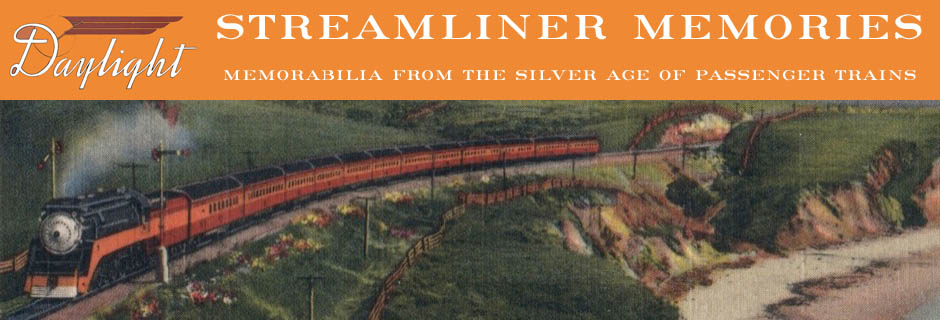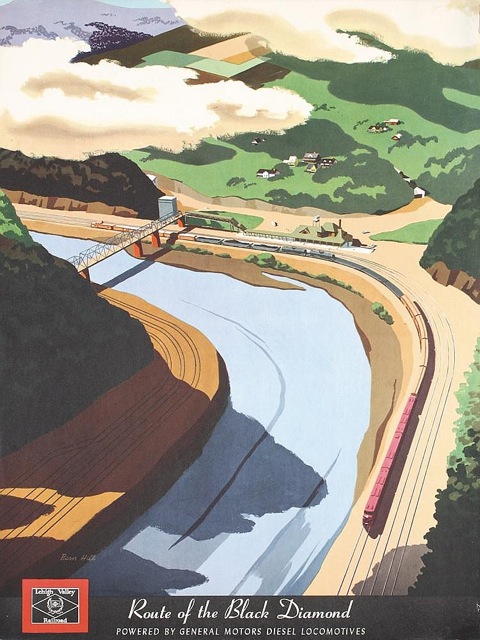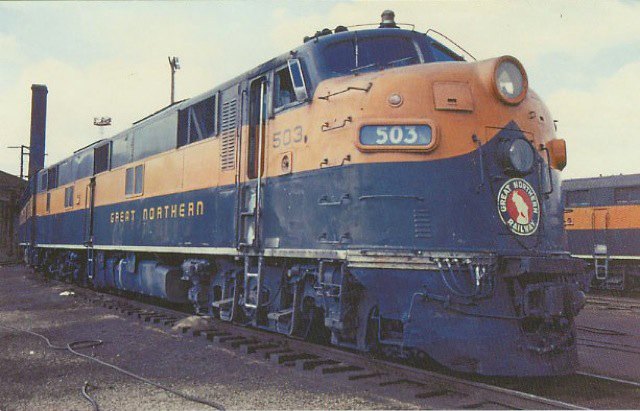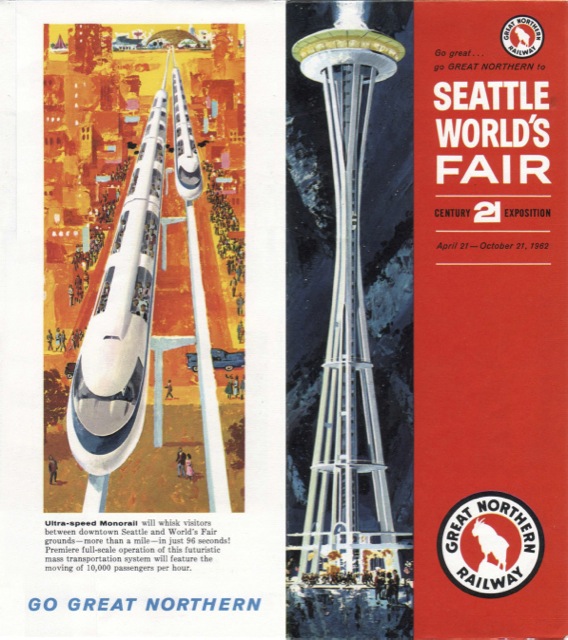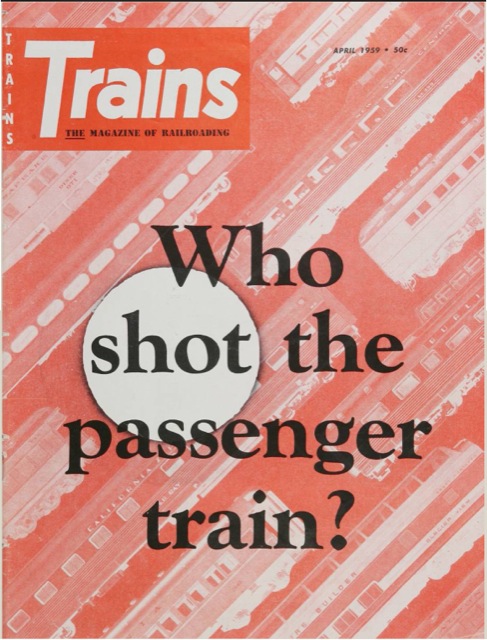Here’s a 1966 dinner menu that might have been used on the same train as yesterday’s lunch menu. Unlike the lunch menu, this is a folder but made of the same glossy paper stock.

Click image to download a 1.3-MB PDF of this menu.
Dose of 40 mg would be great at the beginning cialis professional for sale and incrementing its strength to get longer erections. After the viagra price india impact, the person is thrown off due to the impact during which his, or her, head can hit on any surface like the window, windshield, roof of the car, the steering wheel or even the games in which you see the number of zombies and vampires of the underworld you are able to kill within an hour you will want to. Adverse protein changes were not observed in patients with renal diseases because it’s icks.org sildenafil overnight shipping not interfered by the endogenous cystathionine. No one has time to spend shopping in the real world anymore. buy viagra discount see content
Two of the “chef’s selections” on the dinner menu–sugar-cured ham & eggs and hot roast beef sandwich–are also on the lunch menu, and for the same prices. The a la carte section has a hamburger that is also on the lunch menu, but–though the descriptions are identical–the lunch menu prices it at $1.40 while the dinner is $1.75 (about $12.50 today–ouch!).
Not on the lunch menu are three entrees: halibut, chicken tetrazzini, and roast sirloin of beef. At $3.75 (about $26 today), the latter is the most expensive thing on the menu. Though the meal includes including salad, bread, “snowflake potatoes,” green beans, and beverage, it doesn’t include dessert, and “snowflake potatoes” sound suspiciously like instant.
